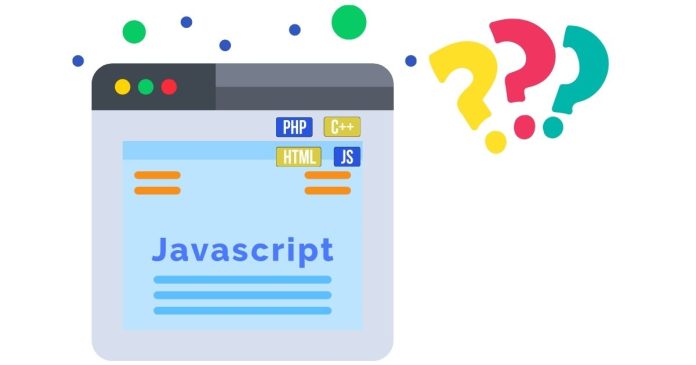In JavaScript, special characters are symbols that have specific meanings or functions within the language syntax. Here are some important special characters:
- Quotation Marks:
"(double quote)'(single quote) These are used to define string literals in JavaScript.
- Backslash (
\):- Used as an escape character to represent special characters inside strings (e.g.,
\n,\t,\\,\"). - Example:
var str = "Hello\nWorld";(newline inside a string).
- Used as an escape character to represent special characters inside strings (e.g.,
- Dollar Sign (
$):- Often used in variable names, especially in jQuery, and as part of template literals for embedding expressions.
- Example:
let name = 'Alice'; console.log(Hello, ${name});
- Period (
.):- Used to access properties or methods of an object.
- Example:
obj.property.
- Comma (
,):- Separates values in arrays, function parameters, or argument lists.
- Example:
let arr = [1, 2, 3];
- Semicolon (
;):- Used to terminate statements (though it is optional in many cases due to automatic semicolon insertion).
- Example:
let x = 10;
- Colon (
:):- Used in object literals to define key-value pairs.
- Example:
let obj = { name: "Alice", age: 25 };
- Parentheses (
()):- Used for function calls, grouping expressions, and defining function parameters.
- Example:
function greet() { console.log('Hello'); }
- Curly Braces (
{}):- Used to define blocks of code, object literals, and class bodies.
- Example:
if (x > 5) { console.log('x is greater than 5'); }
- Square Brackets (
[]):- Used to define arrays or access elements in arrays and objects.
- Example:
let arr = [1, 2, 3];orarr[0].
- Angle Brackets (
<>):- Not commonly used in JavaScript syntax directly, but can appear in certain templating engines or in JSX (React).
- Comparison Operators:
==,===,!=,!==,>,<,>=,<=for comparison.- Example:
if (x == 10) { console.log("Equal"); }
- Logical Operators:
&&(AND),||(OR),!(NOT).- Example:
if (x > 5 && x < 10) { console.log("x is between 5 and 10"); }
- Assignment Operator (
=):- Used to assign values to variables.
- Example:
let x = 10;
- Arrow (
=>):- Used to define arrow functions in ES6+.
- Example:
const add = (a, b) => a + b;
- Tilde (
~):- Bitwise NOT operator.
- Example:
let x = ~5;(flips the bits of 5).
- Caret (
^):- Bitwise XOR operator.
- Example:
let x = 5 ^ 3;
- Pipe (
|):- Bitwise OR operator.
- Example:
let x = 5 | 3;
- Ampersand (
&):- Bitwise AND operator.
- Example:
let x = 5 & 3;
- Slash (
/):- Used for division or as the start of a comment (single-line comment:
//and multi-line comment:/* */). - Example:
let result = 10 / 2;
- Used for division or as the start of a comment (single-line comment:
- Percent (
%):- Used for the modulo (remainder) operation.
- Example:
let remainder = 10 % 3;
- Double Asterisk (
**):- Used for exponentiation (introduced in ES6).
- Example:
let x = 2 ** 3;
- Question Mark (
?):- Ternary conditional operator (
condition ? value_if_true : value_if_false). - Example:
let result = x > 5 ? 'Greater' : 'Smaller';
- Ternary conditional operator (
- Exclamation Mark (
!):- Logical NOT operator.
- Example:
let isTrue = !false;
These special characters play a significant role in the syntax and operation of JavaScript.


